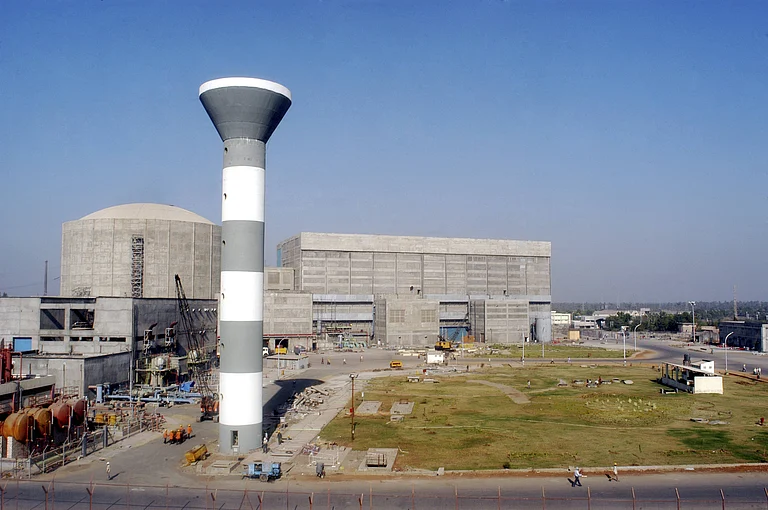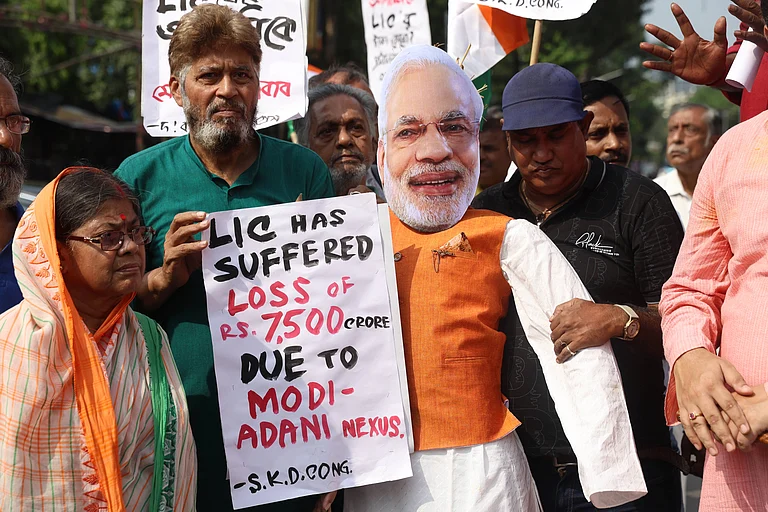The unveiling of Doordarshan’s new “avatar” hasn’t gone the way the state broadcaster might have expected. The switch to saffron has muddled the political colours of the country.
This change by Prasar Bharati's television arm amid Lok Sabha elections, has drawn flak for aligning with the ‘saffron’ party, the BJP.
What is a public service broadcaster?
A public service broadcaster is a non-commercial media organisation, typically a radio or television broadcaster, that serves the public interest by providing informative and entertaining content.
The British Broadcasting Corporation (BBC), founded in the United Kingdom in 1922, is credited to be the pioneer of public broadcasting. Its model was subsequently adopted by other countries, leading to the creation of similar organisations such as the Australian Broadcasting Corporation, Canadian Broadcasting Corporation, NHK in Japan, and many others worldwide.
The public broadcasting model involves using taxpayer money to broadcast programs that benefit the public. Public broadcasters are typically established by law and operate impartially, without favouring any political party.
In India, Prasar Bharati is the country’s public service broadcaster.
What is Prasar Bharati?
The Prasar Bharati Act of 1990 established the Prasar Bharati as an autonomous body to oversee the country's public broadcasting services and gave autonomy to Doordarshan and All India Radio which were operating under the Ministry of Information and Broadcasting before that. Even though the act was passed in 1990, the corporation however came into existence in 1997.
Doordarshan and All India Radio (AIR) are the television and radio arms of Prasar Bharati respectively. Over the years, Doordarshan has become known for featuring a diverse range of programmes. From informative shows like "Krishi Darshan," which offers agricultural guidance to farmers, to Indian epic series like "Ramayana" and "Mahabharat,", it has covered various genres. Additionally, it also features news, sports, entertainment, and educational content.
All India Radio has also been known for its culturally rich content in multiple regional languages which reaches listeners from every part of India.
Prasar Bharati is primarily funded by the government through grants-in-aid. It also generates revenue through various means, including advertising, sponsorships, and broadcasting rights.
Prasar Bharati Timeline
1990: The Prasar Bharati Act was passed by the Parliament of India making it a statutory autonomous body, removing Doordarshan and All India Radio from direct government control.
1997: The public service broadcaster Prasar Bharati was established.
2000 onwards: Doordarshan expanded and diversified its coverage with establishment of several channels between 2000 and 2016 including its first 24-hour news channel DD news, DD Bharati a channel dedicated to art, culture, and heritage, DD Kisan dedicated to agriculture and rural development, and regional channels for state-specific content. In 2020 DD Retro, a channel showcasing classic programs from the Doordarshan archives was launched.




























